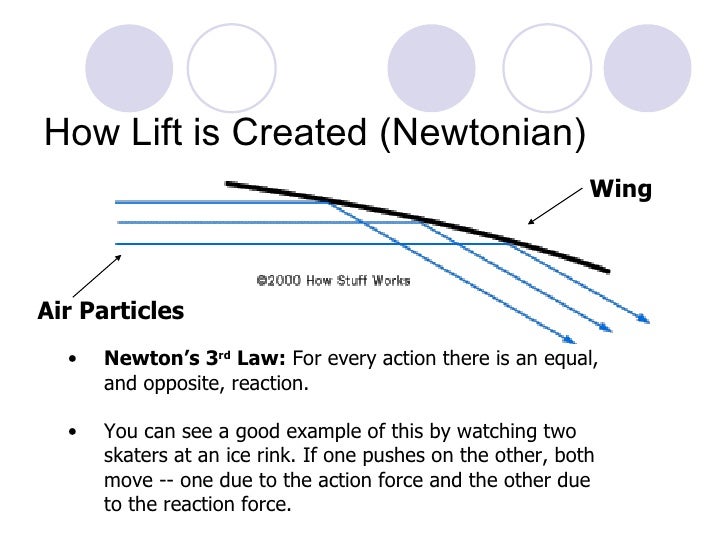
The Cessna T303 shown as the example for the cruciform arrangement was most probably was designed with a cruciform to reduce the flow of propeller wake over the horizontal tail, which may cause buffering during flight.Ī few aircraft, like the Model 35 Beech Bonanza, have been designed with a V-tail arrangement where the three conventional surfaces (vertical tail, port (L) and starboard (R) horizontal tail sections) are replaced with two surfaces placed in a V formation. Here the horizontal tail is placed near the midpoint of the vertical tail. Somewhere between the two configurations discussed above is the cruciform tail arrangement. However, mounting the horizontal stabilizer on top of the vertical tail necessitates that the tail structure be much stronger (heavier) to accommodate the load introduction of the horizontal tail directly into the vertical tail. This makes the vertical tail more aerodynamically efficient which means it can be reduced in size. One advantage of the T-tail arrangement is that the horizontal tail acts as an end-plate for the vertical tail. This is to keep the hot engine exhaust away from the tail surfaces. T-tails are also often used when engines are mounted to the rear of the fuselage as often seen on business jets. A high wing and conventional tail arrangement is especially susceptible to this phenomenon. Often the primary reason to make use of this arrangement is to prevent the horizontal tail from being blanketed by the wake generated by the wing at high angles of attack. This is a structurally efficient arrangement as the horizontal stabilizer is fixed directly to the fuselage and therefore can introduce and distribute the resulting load directly into the fuselage structure.Īircraft that have a high wing (such as the A400M pictured above) often make use of a T-tail arrangement where the horizontal stabilizer is attached to the top of the vertical stabilizer. This arrangement works well when the aircraft engines are placed under the wing (as shown on the B737-800) where the hot engine exhaust may be kept well away from the horizontal stabilizer. In this configuration, the vertical tail sits at the rear of the fuselage with the horizontal stabilizer attached to the fuselage below the vertical tail. A number of the most common aircraft tail configurationsĪs the name suggests, the conventional tail arrangement is the most common.

Some of the most common configurations are shown below. There are a number of common empennage arrangements that most aircraft adhere to. To assist in the pitch and yaw control of the aircraft by the movement of control surfaces affixed to the stabilizing surfaces.To provide stability in the longitudinal (pitch) and directional (yaw) axes during flight.

Similar to how the feathers on an arrow stabilize the arrow in flight, the tail ensures that the aircraft remains stable through all phases of operation.Īn aircraft tail has two primary objectives: The tail assembly (horizontal and vertical stabilizer) is also known as the empennage which originates from the French term empenner which means to “feather an arrow”. The two tail surfaces are shown below in a conventional layout pictured on a Cessna 172.Ī Cessna 172 with the Horizontal and Vertical Stabilizer Labelled While there are a number of possible tail configurations, the majority are comprised of a horizontal surface and a vertical surface which stabilize the aircraft in the longitudinal and directional axis respectively.

We'll then introduce an empirical method to size both surfaces on a new aircraft design.Īlmost all aircraft flying today have a tail located towards the rear of the fuselage. Now we move onto the aircraft tail section and examine the function of both the horizontal and vertical tail. In the previous posts we’ve looked at both the wing and fuselage in some detail. This is part 8 in the Fundamentals of Aircraft Design series.


 0 kommentar(er)
0 kommentar(er)
